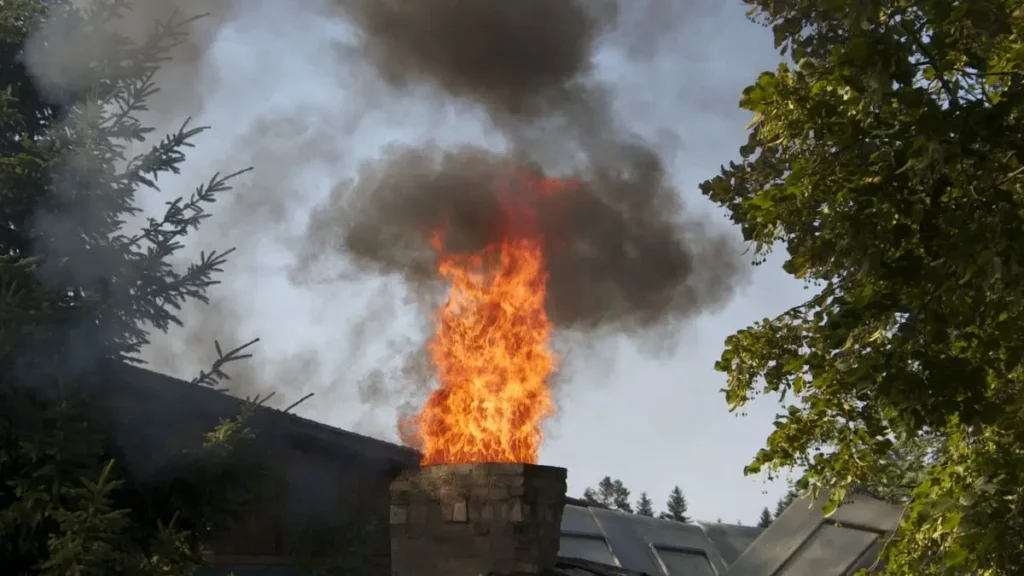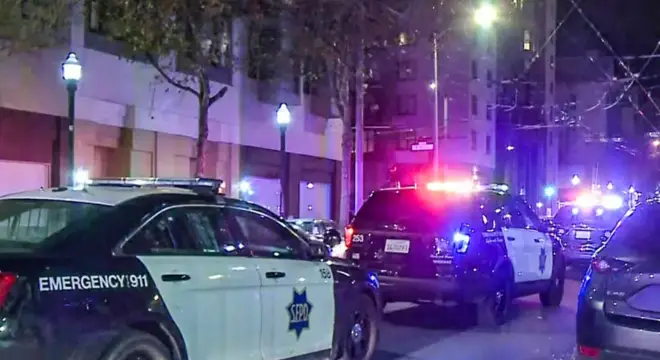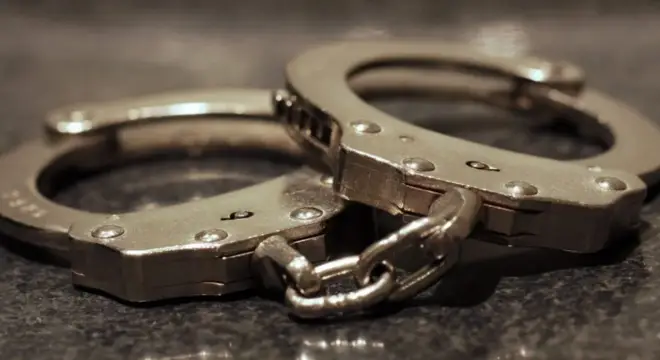Fire in Bronx Home Kills 90-Year-Old Woman
I remember reading about this fire and feeling a chill — it’s hard not to picture how fast it must have spread. Just before 10 p.m. on Tuesday night, a fire broke out in the back bedroom on the second floor of a two-story building on 168th Street, between Boston Road and Forest Avenue.
You can imagine how quickly the smoke must have filled the rooms — especially for someone like Allison Johnson, 90, who was wheelchair-bound.
By the time FDNY firefighters arrived, the flames were already moving fast. Neighbors described the scene as chaotic, with smoke pouring out of windows. I can almost feel the panic — seconds matter in these situations, and for Allison, the escape wasn’t possible. She was found inside her second-floor room, pronounced dead at the scene.
It’s a grim reminder of how quickly fires can take hold in older residential buildings. You might think “this could never happen to me,” but the reality is that age, mobility, and older building layouts make a huge difference when disaster strikes. That’s why paying attention to early warning systems and evacuation planning isn’t just smart — it’s lifesaving.
Victim Profile & Community Impact

I want you to pause for a moment and think about Allison Johnson, the woman who lost her life in this fire. She was 90 years old and a fixture of her Bronx community. According to ABC7NY, neighbors described her as friendly, godly, and deeply loved.
Imagine living in a building where everyone knows each other, and then suddenly tragedy strikes one of your own. Her neighbor Dorita Joseph said, “It’s a very sad night for us… not only for us as her neighbors, but for the community.” That kind of loss ripples far beyond one apartment.
Even hours after the fire, neighbors reported her apartment was filled with smoke and a lingering, horrible smell. You can feel the weight of the aftermath — uncertainty about when, or if, anyone could return. These human moments are what make tragedies like this hit so close to home.
This isn’t just news. It’s a reminder of how vulnerable our elderly loved ones can be, and why community awareness and fire safety matter.
Unfortunately, incidents like the North Philadelphia house fire demonstrate that vulnerable populations are often the hardest hit when safety measures are lacking.
Investigating the Cause
Right now, the FDNY and fire marshals are investigating what caused the fire. So far, no official cause has been announced. The fire started in a back bedroom on the second floor of the two-story building, which is common for residential fires in older buildings.
You might be asking yourself, “Could this have been prevented?” That’s a fair question. Older buildings often lack modern fire alarms or escape routes, which makes even small fires dangerous. It’s also a reminder that even with the fastest emergency response, the combination of age, mobility, and building layout can be deadly.
The takeaway here is simple: check your smoke detectors, plan your escape routes, and make sure elderly family members or neighbors have a safety plan. Fires move fast, and preparation is the difference between life and death.
Similar tragedies have happened in other cities — like the South Tallahassee home fire that was quickly contained, showing how fast response can prevent disaster.
Risks for Elderly & Mobility-Impaired Residents
Let’s talk about a reality that often gets overlooked: elderly and mobility-impaired residents are at higher risk in fires. Wheelchair-bound or less mobile residents may not be able to evacuate quickly, and smoke spreads in seconds.
Many buildings in the Bronx are older and weren’t designed with modern safety in mind. Narrow hallways, stairs, and outdated alarms can turn what might be a manageable fire into a tragedy.
Here’s what I want you to take away: if you live with, or care for, elderly loved ones, think about fire safety not as an abstract idea but as a real, actionable checklist.
Smoke detectors, clear paths to exits, alerting neighbors, and mobility aids near doors can save lives. It’s not complicated, but it has to be intentional.
Many community members stay updated on local fire alerts and safety tips through real-time messaging groups — if you want to get timely tips like these, you can join a dedicated updates channel.
Broader Context: Fire Incidents in the Bronx

You might wonder: is this an isolated incident? Unfortunately, it’s not. Fires in the Bronx, especially in older buildings, happen more often than we realize.
While each fire is unique, patterns emerge — fast-moving flames, vulnerable populations, and delayed evacuation can turn a single fire into a fatal event.
Regulations exist — building codes, inspections, and fire prevention programs — but enforcement isn’t perfect.
That’s why awareness matters. If you live in an older building, or near elderly residents, knowing the local fire safety rules and reporting hazards can prevent tragedies before they start.
Even older residents in other cities, such as in the Raleigh house fire, have faced similar risks, highlighting the ongoing need for proper fire safety awareness.
Remembering Allison Johnson
Allison Johnson’s story shouldn’t end as a statistic. She was a beloved neighbor, known for her kindness and faith. People in the community remember her gardening, her friendly smiles, and her quiet presence in the neighborhood.
Taking a moment to remember her life adds depth to this story. It reminds us that behind every news report is a human being with a lifetime of memories, connections, and contributions.
Sharing her story helps honor her and reminds us all why safety and community care are so important.
Key Takeaways & Practical Advice
After reading about Allison Johnson and the Bronx fire, it’s natural to feel a mix of sadness and urgency. But there’s also a clear lesson: fire safety isn’t something to postpone.
First, check your smoke detectors. Make sure they’re working and that batteries are fresh. Second, plan your escape routes — for yourself, your family, and especially elderly or mobility-impaired residents in your home or neighborhood. Small changes, like keeping pathways clear or placing a mobility aid near the door, can make a life-or-death difference.
Third, know your local resources. The FDNY and Red Cross offer programs, guidance, and checklists for fire safety. You don’t need to reinvent the wheel; use what’s available.
Finally, engage with your community. Talk to neighbors, friends, or family about safety. Awareness spreads faster than fire, and that’s exactly the kind of prevention that can save lives.
I want to leave you with this: take a moment today to look around your home or the homes of loved ones. Ask yourself — are we truly prepared if a fire happens tonight? Small actions now can prevent a tragedy later.
For more stories and safety tips on residential fires, visit our Home Incidents section and stay informed.
Disclaimer: The details in this article are based on current reports and may change as the investigation continues. This content is for informational purposes only and is not a substitute for professional fire-safety advice. Always follow guidance from local authorities and safety experts.


